Siberian Huskies are not just known for their incredible stamina and distinctive wolf-like features; they are also celebrated for their beautiful and diverse coat colors. Recognized initially by the Chukchi people in Siberia for their endurance and speed, Huskies were later introduced to Alaska where they quickly became popular as sled dogs. Their thick double coat, which helps them withstand harsh Arctic winters, comes in a variety of colors and patterns. Each color variation carries its unique appeal, making the Husky one of the most visually striking breeds. In this article, we explore seven stunning Husky color variations, each displaying a unique charm that adds to the allure of this remarkable breed.
1. Black and White
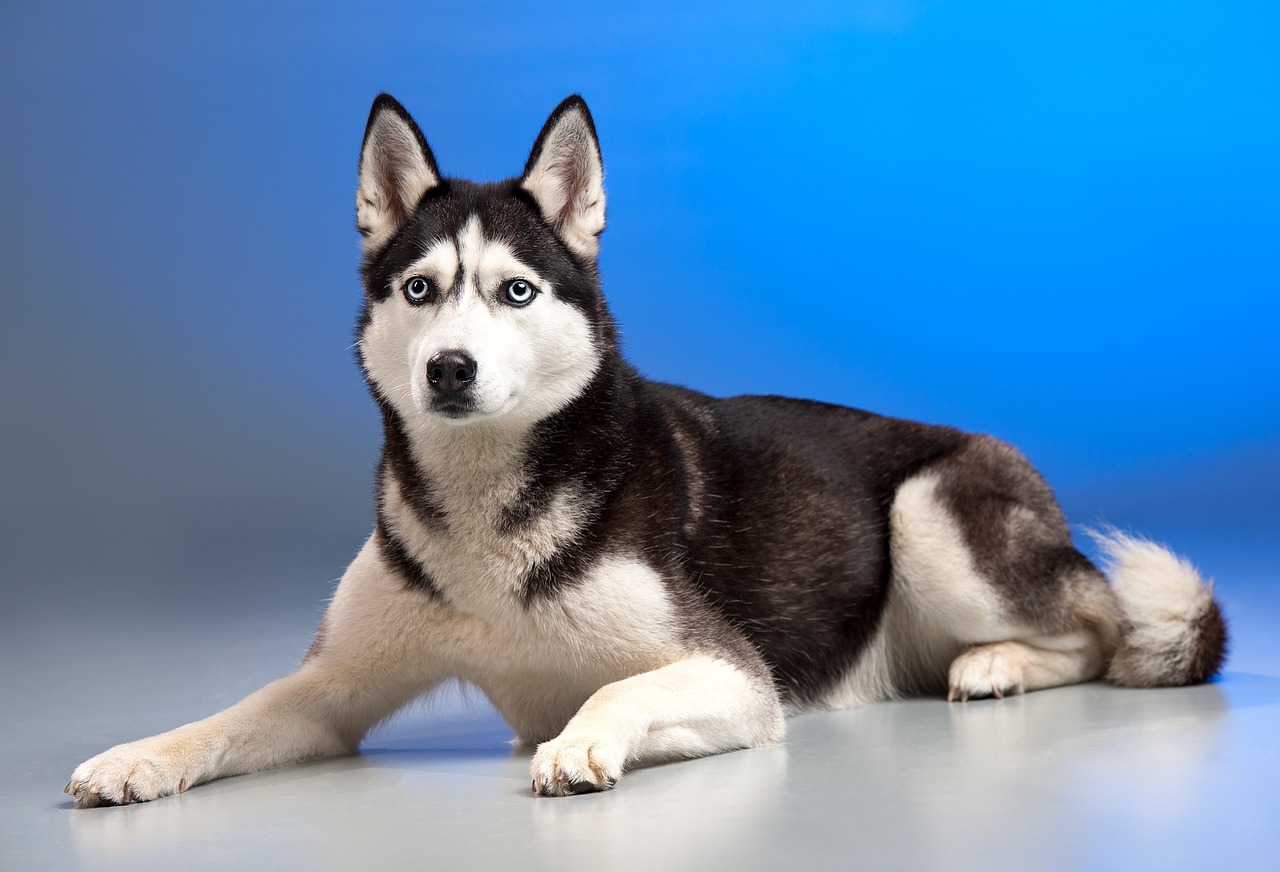
One of the most iconic Siberian Husky colors is black and white. This classic combination gives the Husky its quintessential wolf-like appearance. The black color typically covers the upper part of the body and head while the white appears on the lower half of the body, and legs, and often includes the face or just parts of it like a striking mask. This stark contrast not only highlights the Husky’s striking blue or multicolored eyes but also enhances the symmetrical facial markings that the breed is known for. Owners and breed enthusiasts often favor this coloration for its bold, classic look that stands out in both urban and wilderness settings.
2. Grey and White
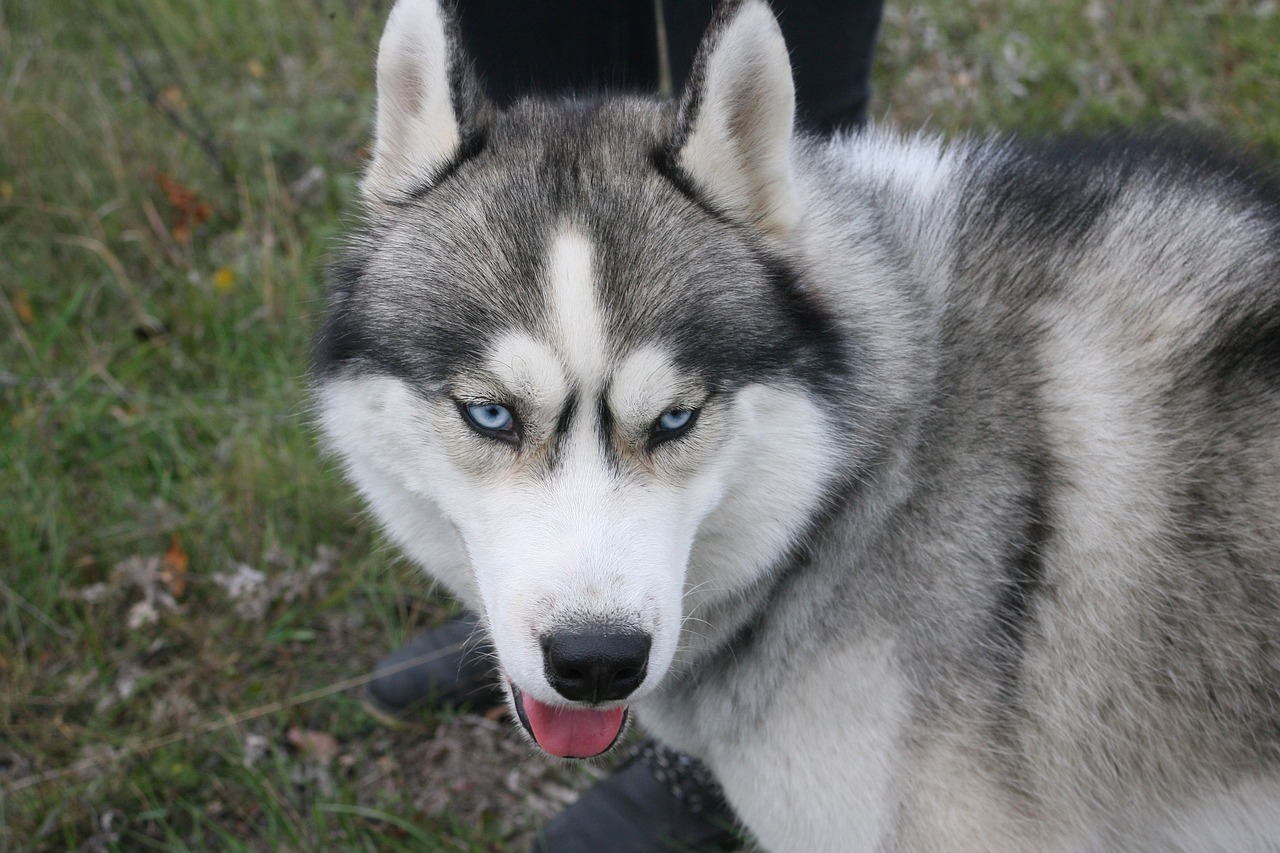
Grey and white Huskies exhibit a softer look compared to their black and white counterparts. The grey can range from light silver to dark charcoal, blending beautifully with the white areas of the coat. This variation typically presents a gradient of grey over the back and sides with white on the underbelly, face, and legs. The grey and white coat is often accompanied by a spectrum of eye colors, including blue, brown, or even one of each—adding to their mesmerizing appearance. This color combination is highly photogenic, making grey and white Huskies popular subjects in media and at dog shows.
3. Red and White

The red and white Husky is a stunning spectacle, with the red ranging from cinnamon to a deep copper color, paired with crisp white markings. This coloration is somewhat less common than black or grey and provides a striking alternative that catches the eye. The red fur has a warm, rich tone that glows especially vivid under sunlight, while the white areas help to accentuate this warm coloring. Red and white Huskies might also have pinkish noses and eye rims, which complement their overall softer look compared to darker Huskies.
4. Sable and White
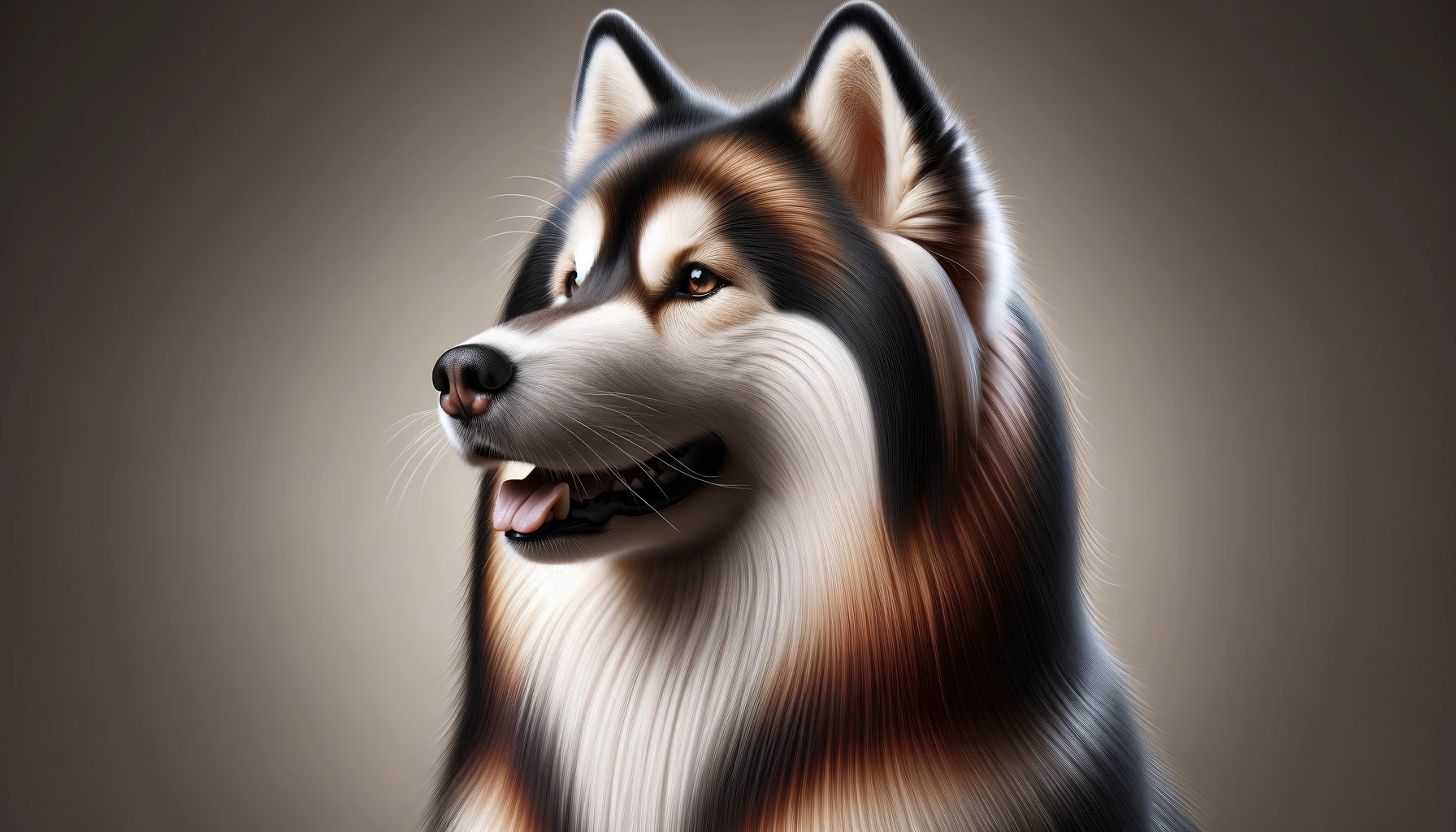
Sable and white Huskies feature a unique coat where each hair is banded with multiple colors, ending in black tips on a background of gold, grey, or red fur. This gives them a somewhat darker and multi-dimensional look that changes and shifts in different lights and angles. The undercoat is usually light, often white, which adds a dramatic contrast to the darker, band-tipped guard hairs. This coloring is one of the most dynamic among Huskies, offering an array of rich shades that can be both subtle and vivid.
5. Agouti and White
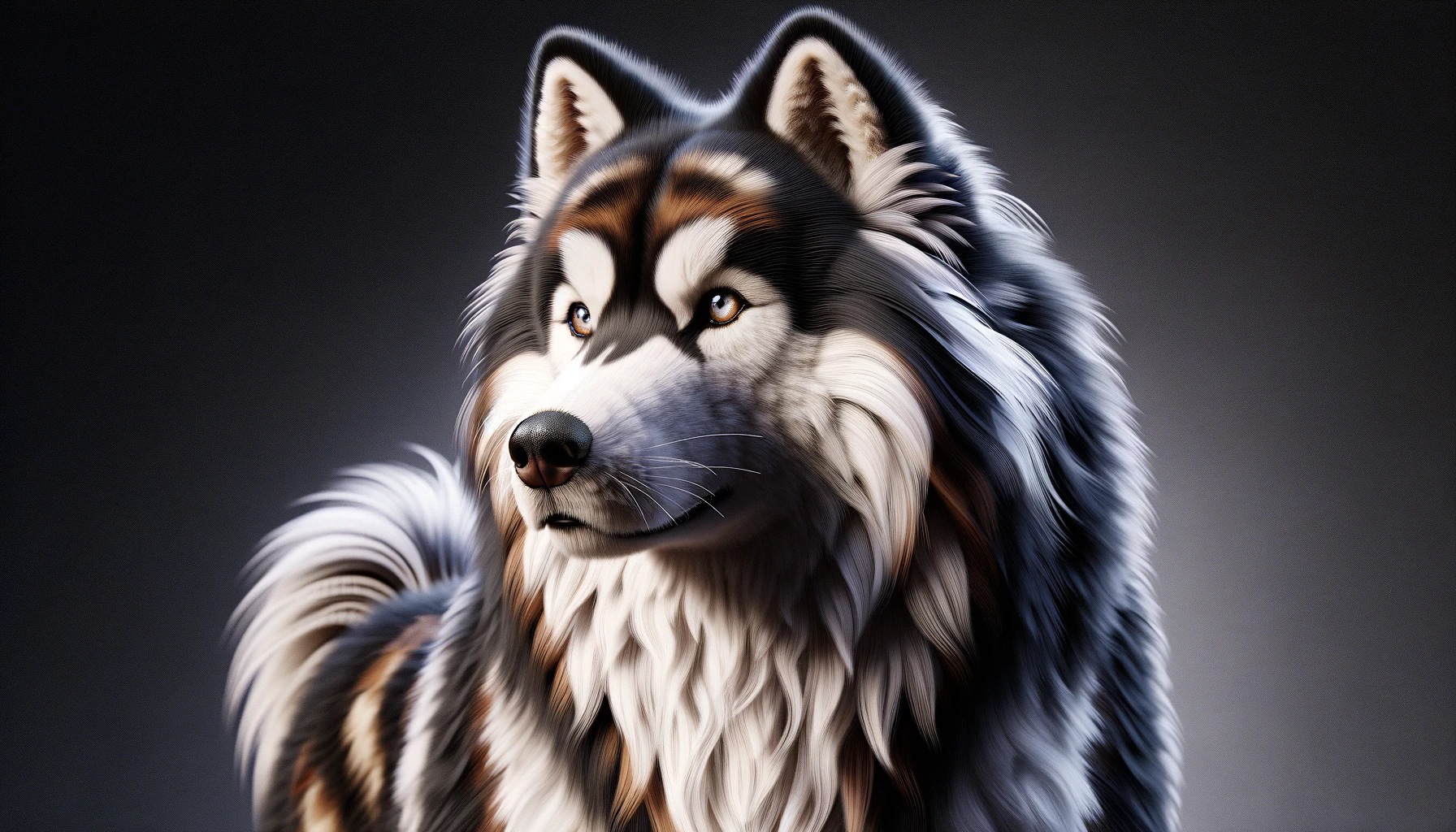
Agouti and white is the most wolf-like coloration in Siberian Huskies, characterized by a wild, rugged appearance. Agouti refers to the color pattern where the hairs are banded with several colors, similar to the fur of wild rodents like squirrels. This pattern is often dark, with a mixture of dark grey, brown, and black, giving these Huskies a very natural, forest-ready look. White markings usually appear on the face, paws, and underbelly, providing a striking contrast to the dark, rich tones of the agouti pattern.
6. Pure White
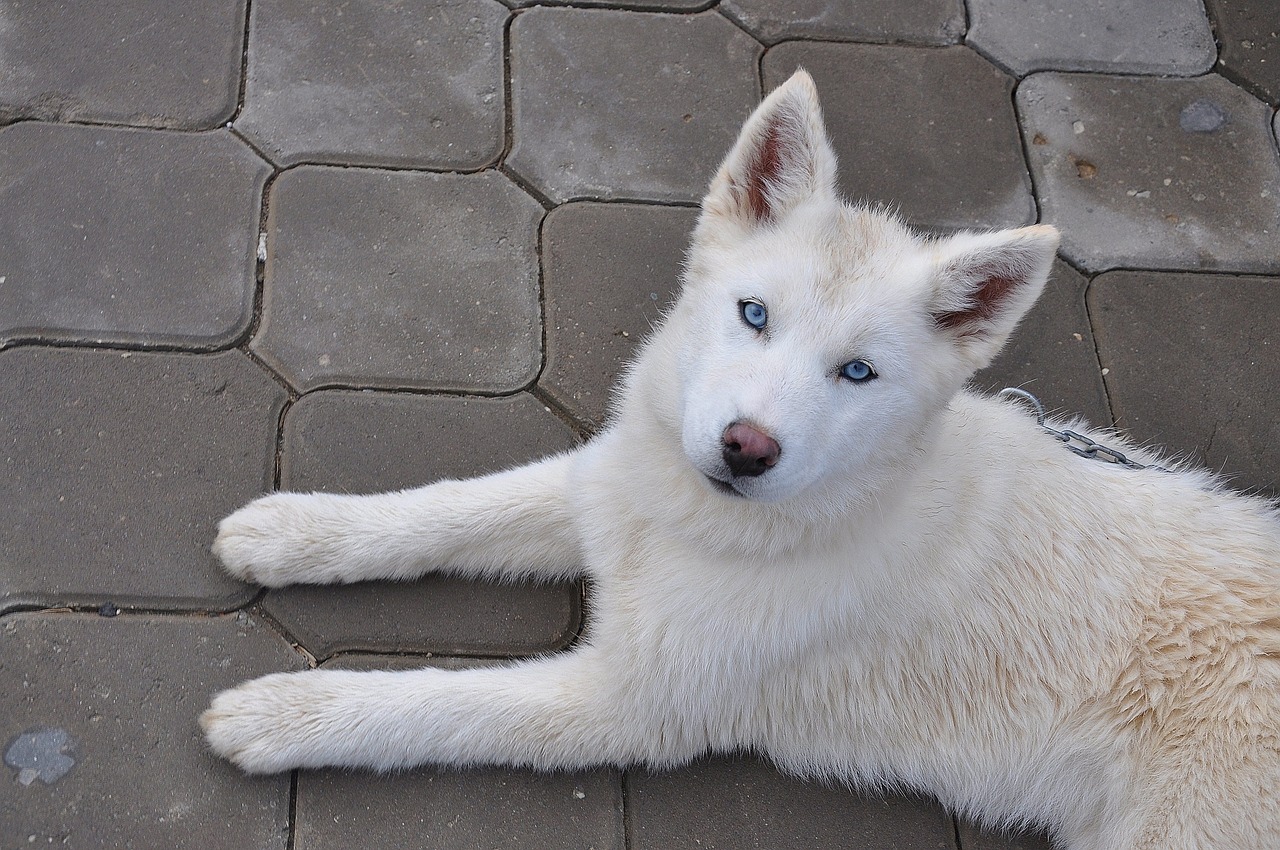
Pure white Huskies are rare and provide a ghostly, yet elegant look that makes them stand out among their peers. Unlike other variations, the pure white Husky has no markings or additional coloration. Their snow-white coat is uniform from nose to tail, and they can have blue, brown, or bi-colored eyes, which can appear particularly striking against the stark white of their fur. Pure white Huskies are often sought after for their striking appearance and can be quite a spectacle in any setting.
7. Piebald
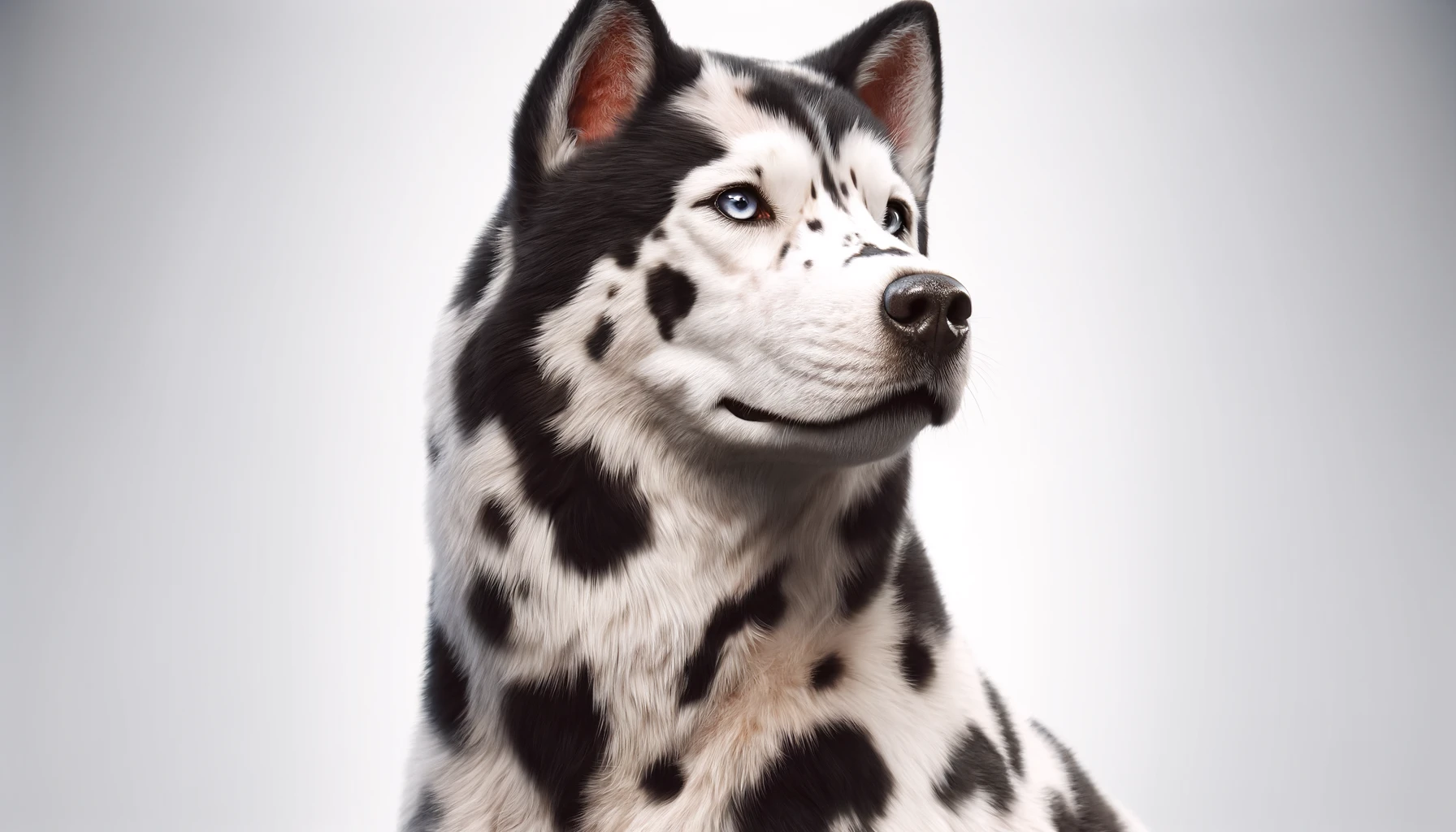
Piebald Huskies have large, irregular patches of color and white areas. This variation is different from the others as it involves a pattern more than a color. The color patches can be black, grey, or red, set against a predominantly white background. The piebald pattern is quite rare and results from a specific genetic configuration. It gives each piebald Husky a unique and distinctive look, ensuring that no two dogs are exactly alike.
In conclusion, the Siberian Husky offers a remarkable variety of coat colors, each with its unique beauty and charm. From the striking black and white to the rare and elegant pure white, these dogs not only bring visual joy but also enrich the lives of their owners with their vibrant personalities and loyal companionship. Whether you are an enthusiast or a prospective owner, understanding these color variations can help you appreciate the breed even more.
Frequently Asked Questions About Husky Colors
1. What is the most common color of Siberian Huskies?
The most common color of Siberian Huskies is black and white. This iconic coloration features a predominantly black upper body and head, with white on the underbody, legs, and often part of the face. The contrast between black and white not only enhances the Husky’s striking features but also gives them their characteristic wolf-like appearance. This color combination is popular due to its bold visual appeal and is often what people picture when they think of Huskies. It beautifully highlights the Husky’s vibrant eyes, which can be blue, brown, or heterochromatic.
2. Are pure white Huskies rare?
Yes, pure white Huskies are rare. Unlike other color variations that feature a mix of hues and markings, pure white Huskies have a completely uniform white coat with no other colors. This rarity is due to the specific genetic makeup required to produce a completely white coat. The striking appearance of pure white Huskies, combined with their uncommon occurrence, makes them particularly sought after. Their snowy fur can be especially stunning against their bright eye colors, which can range from blue to brown or even bi-colored.
3. Can Huskies have blue eyes regardless of their coat color?
Yes, Huskies can have blue eyes regardless of their coat color. Blue eyes are one of the most distinctive features of the Siberian Husky breed and are not linked to the specific color of their fur. This trait is due to a gene that is separate from those that govern coat color, allowing Huskies of any color, from black and white to pure white or agouti, to potentially have blue eyes. Some Huskies also have heterochromia, where one eye is blue and the other eye is a different color, adding to their striking appearance.
4. What causes the piebald coloring in Huskies?
Piebald coloring in Huskies is caused by a specific genetic configuration that results in irregular patches of colored fur and white areas. This pattern is a result of the piebald gene, which affects the distribution of melanin in the fur. Piebald Huskies can have patches of black, grey, or red set against a predominantly white background. Each piebald Husky has a unique pattern, making this one of the more personalized and distinctive color variations in the breed. Due to its genetic nature, piebald coloring is rare and highly valued among Husky colors.
5. What is the difference between agouti and sable-colored Huskies?
Agouti and sable-colored Huskies both involve multi-colored banding on the individual hairs, but they differ in color intensity and pattern. Agouti Huskies have a wild, wolf-like appearance with a color pattern that includes a mix of dark grey, brown, and black, often with a very dark, almost black, appearance. This coloration mimics the natural camouflage of wild canines. Sable Huskies, on the other hand, typically have a lighter base color like gold or grey with black-tipped guard hairs. The main difference lies in the overall tone and depth of color, with agouti being darker and more varied, while sable shows more of a distinct black tipping on lighter fur.
6. How does the Siberian Husky’s coat color affect its health?
The Siberian Husky’s coat color generally does not affect its health. Huskies are bred to be hardy dogs with good overall health, and their coat color is primarily a cosmetic attribute with no known direct link to specific health issues. However, as with any breed, certain genetic conditions, such as those that may cause albinism (associated with white coats) can lead to health challenges like vision or skin sensitivity. Potential Husky owners need to prioritize reputable breeders who conduct genetic testing to ensure the healthiest puppies regardless of coat color.
7. Can a Husky’s coat color change as it ages?
Yes, a Husky’s coat color can change as it ages, especially during their first year of life. Puppies may be born darker and lighten as they mature, or they may develop more distinct markings as their adult coat comes in. This change is particularly noticeable in lighter-colored Huskies, such as those with grey or red coats. The undercoat and the length of the fur also change with the seasons, which can alter the appearance of their color and markings. However, major changes in coat color are unusual after the Husky reaches adulthood.
8. What are the rarest colors of Huskies?
The rarest colors of Huskies include pure white, agouti, and piebald patterns. Pure white Huskies are entirely devoid of any markings and have a uniform white coat, making them exceptionally rare and striking. Agouti Huskies have a coloration similar to wild wolves with bands of color on each fur, giving them a rugged, natural look that is less commonly seen. Piebald Huskies, characterized by large irregular patches of color and white, are also rare due to the specific genetic traits required to produce this distinctive pattern.
9. What Husky colors are accepted for show purposes?
For show purposes, the American Kennel Club (AKC) and other major kennel clubs accept all Husky colors and markings. This includes black and white, grey and white, red and white, sable and white, agouti and white, and piebald. The diversity of coat colors is considered one of the breed’s defining features, and there is no color preference in the show ring. Judges are more concerned with the dog’s conformation to breed standards, temperament, and movement rather than coat color.
10. Are all-white Huskies albino?
No, all-white Huskies are not necessarily albino. Albinism in dogs is characterized by a lack of pigment in the skin, fur, and eyes, resulting in pink eyes and very pale skin visible through the coat. All-white Huskies typically have normal pigmentation in their skin and eyes and may have blue, brown, or bi-colored eyes. Their white coat is just one of the many color variations naturally occurring in the breed and does not involve the genetic condition of albinism.
 Toledo, United States.
Toledo, United States.